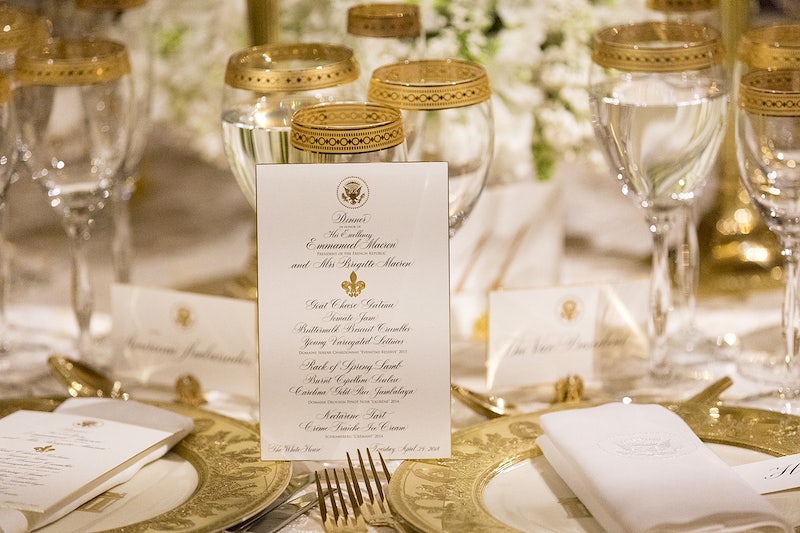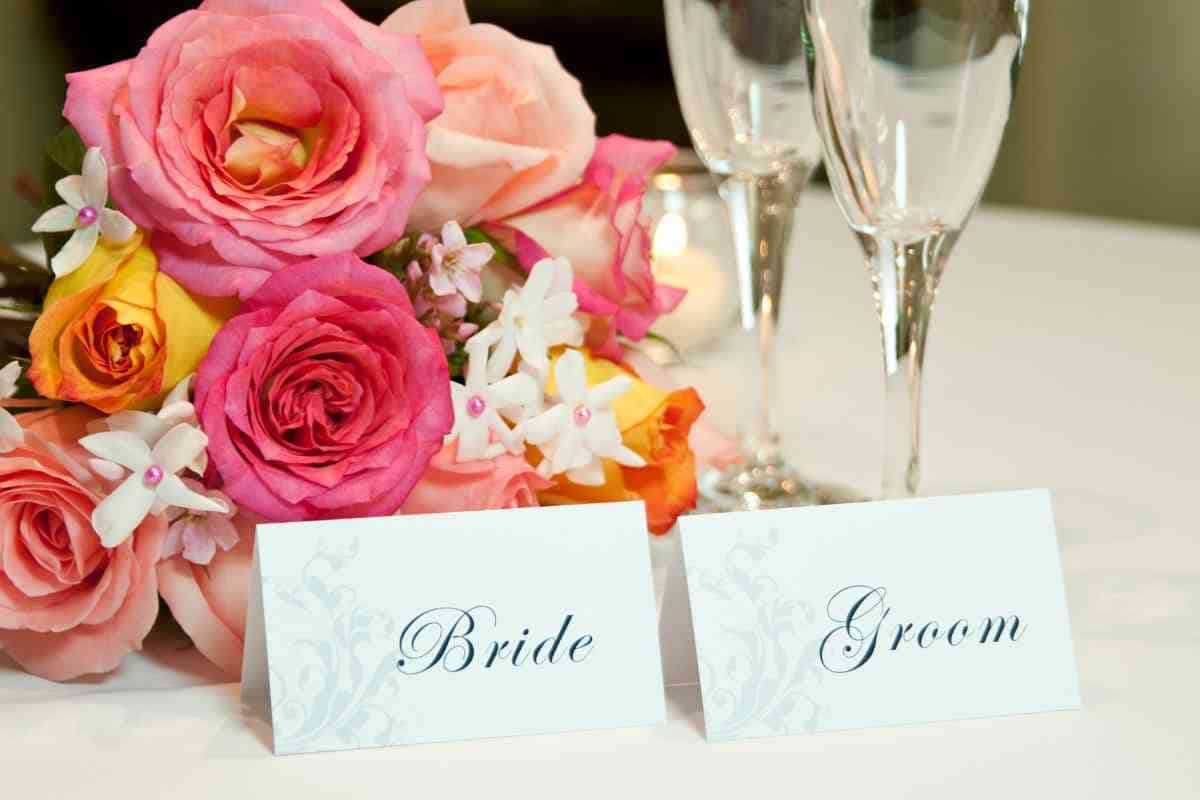Create place cards early, use the guest's full name and title, place them above the guest's utensils, and arrange them alphabetically for easy navigation. Double-check spelling and placement, and use legible fonts and colors.
Table of Contents
1. Don’t Be Late
Prepare place cards as early as possible, ideally a few weeks before the event. This allows enough time to create and print the cards and make necessary changes.
Double-check the spelling of wedding guest names and titles when creating the cards. Misspelling a name or title can embarrass both the guest and the host and may even affect the overall mood of the event.
2. Place Cards Placement

Proper placement of place cards ensures that guests can find their designated seats and add a touch of elegance to the table setting. The most common placement for the cards is at the center of the place setting, directly above the dinner plate. This placement ensures the card is easily visible to the guest and not obstructed by other tableware or decorations.
If you prefer a more elevated or decorative look for your cards, consider using a stand or holder to display them. When selecting a font for your cards, especially calligraphy, choose one that is easy to read.
To ensure that guests can easily find their place cards, arrange your cards in alphabetical order by last name. If you have a larger event with many guests, provide a seating chart at the entrance to the dining area.
3. Keep It Consistent
Consistency in the design and font of place cards is crucial in creating a cohesive event atmosphere. The cards are small, but they have essential details that contribute to the overall aesthetic of an event.
Cards that follow the same theme and style, matching the event’s decor create a cohesive and harmonious atmosphere. Consistent place cards can also help event organizers keep track of seating arrangements and ensure everyone is in the right place.
4. Formal vs. Informal Place Cards
The main difference between formal and informal place cards is the level of formality and the amount of information they convey. Formal place cards are more elaborate and convey a sense of elegance and sophistication, while informal table cards are more casual and playful.
Formal cards are used for more upscale events, such as black-tie galas or corporate dinners. They are often printed on high-quality paper, including the guest’s full name, title, or honorific, such as “Dr.” or “Mrs.”
Informal cards are used for casual events, such as family member gatherings or informal dinner parties. They can be handwritten on simple cards or even on small pieces of paper, such as post-it notes or index cards.
5. Adding Guest Titles
When including guest names on place cards, consider the event’s formality. For a formal event such as a black-tie wedding, include titles such as “Mr.” or “Mrs.” on the place cards. Use the guest’s full name and list the title before the guest’s name.
Whether or not to use “Mr.” or “Mrs.” on table cards depends on the guest’s marital status and personal preference. For married couples, it’s appropriate to use “Mr. and Mrs.” followed by the husband’s first and last name.
For unmarried couples, it’s appropriate to use both guests’ first and last names with their respective titles. If a guest has a professional title such as “Dr.” or “Honorable,” it’s appropriate to use that title instead of “Mr.” or “Mrs.”
6. Using Escort Cards
Escort cards are often used at formal events and weddings to direct guests to their assigned reception tables. They are small cards that display the guest’s name along with their table number or name.
Escort cards are displayed at the entrance of the reception area or in a central location where guests can easily find them. As guests arrive, they will look for their names on the wedding escort cards and take the card with them to their assigned table.
7. Displaying With Style
There are numerous creative ways to display place cards at events that add a unique and memorable touch to the overall decor.
Here are some ideas to consider:
- Use miniature easels to display seating cards. These small easels can be placed on each table, and the cards can be propped up on them.
- Attach them with clips or mini clothespins and hang them from the ceiling or a decorative frame.
- Create personalized mini bottles of wine with each name and table number on the label.
- Use decorative photo frames or wooden blocks with a slot for the seating card.
8. Adjusting With Ease
Adjusting seating arrangements after place cards have been assigned can be a delicate matter. While there may be valid reasons for making changes, approach the situation with tact and respect for the guests involved.
If you need to make changes, do so discreetly and without causing a fuss. If you’re not the event host, consult them before making any changes.
9. Place cards For Special Events
Place cards are an essential part of any special event. Using high-quality materials and matching the theme and colors offer an excellent opportunity to add a personal and creative touch to the event.
Here are some ways place cards can be used in special events:
- Weddings: Wedding place cards can be designed to match the wedding reception theme and colors, incorporating elements like flowers and lace.
- Galas: At galas, they can be designed in elegant and sophisticated styles. Adding a unique touch like a small gift, such as a mini-bottle of champagne, can make the experience more memorable.
- Corporate events: They can be customized with the guest’s name, title, and company logo, adding a professional and polished look to the event.
To create memorable cards, consider the quality of the materials. Design cards that match the event’s theme and colors. Experiment with different shapes and sizes to add a creative and playful touch to the event.
10. RSVP And Place Cards
RSVP information is crucial for event planning and preparation, especially when assigning place cards. Here are some tips on how to use RSVP information to prepare and assign cards properly:
- Create a comprehensive guest list with all the invited guests’ names, addresses, and contact information. Include any dietary restrictions or special requests that guests have indicated.
- Use the information to organize the seating plan. Consider seating guests with similar interests or backgrounds to encourage conversation and a comfortable atmosphere.
Following up with guests is important to ensure you have an accurate guest count and can properly prepare for the event.
Tips for following up with guests:
- Send a friendly reminder via email, text message, or phone call to guests who have not responded to the invitation.
- Give guests a deadline so you can finalize the guest list and seating plan.
- Be prepared for last-minute changes and have extra cards and seating arrangements available in case of unexpected guests.

